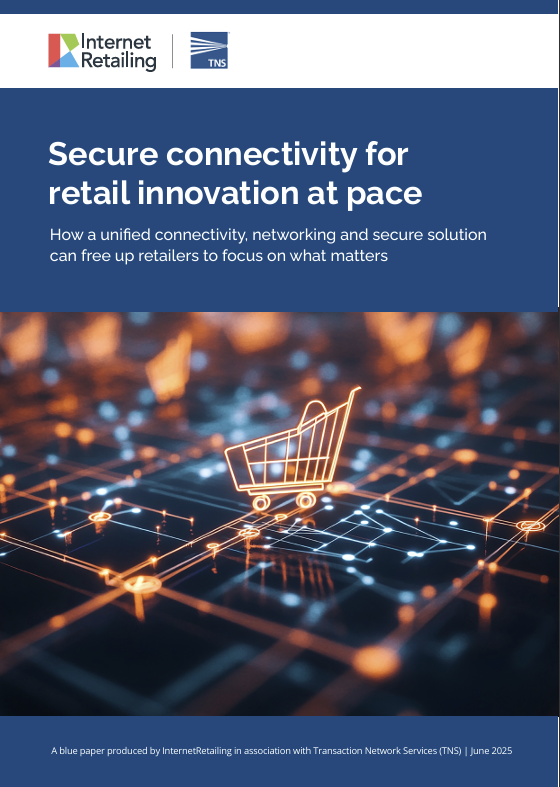As gales blew and hangovers raged, many UK shoppers shunned in-store sales in favour of shopping from their mobile and tablet devices on Boxing Day, according to post Yuletide figures released by Usablenet.
As the retail industry starts to unpick what happened over the holidays and what it means for 2014, Usablenet’s statistics reveal that mobile traffic was 50 per cent higher than on a regular, non-holiday shopping day on 26 December as consumers stayed home because of fowl weather, throbbing heads and because many people received smartphones and tablets from Santa.
This data supports other industry statistics from the IMRG Capgemini e-Retail Sales Index, which revealed that UK online sales in November 2013 were up 10 per cent from the previous year. The 97 per cent rise in mobile transaction revenue over a regular shopping day illustrates a shift in consumer mind set towards expecting convenient shopping experiences from multiple devices.
Usablenet’s statistics reveal the complexity of consumer interaction with mobile. Although shoppers made 44 per cent more transactions on Cyber Monday compared with Boxing Day, average order values were nine per cent higher and in all, the benchmark showed that Boxing Day generated about five per cent more mobile revenue than Cyber Monday.
Carin van Vuuren, CMO, Usablenet, explains: “This data – and other statistics from throughout the year – shows the extent to which shopper behaviour has changed. Annual holiday shopping no longer means queuing outside a store, but accessing deals whenever, wherever, and however is most convenient.”
The Boxing Day numbers further underscore the importance of mobile to shoppers during the holidays, and emphasise retailers’ need to incorporate mobile as part of an integrated promotions campaign, not just desktop website and email.
This data is calculated from a selection of Usablenet’s client mobile sites, which includes leading retailers such as ASOS, Marks & Spencer, Selfridges, Carphone Warehouse and Topshop.
WHAT M-RETAILING THINKS: There can be little argument that consumer shopping habits have changed and that mobile devices are the driver behind that, but it is more complex than that. Sure, people want deals when they want them while sprawled on the sofa, but they also do want to go to stores and see the goods (witness the surprising success of Click and Collect). What is really happening is that mobile – and online – retail is being incorporated into the general concept of “shopping” with consumers no longer hung up about what channel or device they are using, merely reaching for a tablet, phone, games console or car keys depending on what they want and what they feel like doing. And addressing this is the real key to the omni-channel future of shopping.








